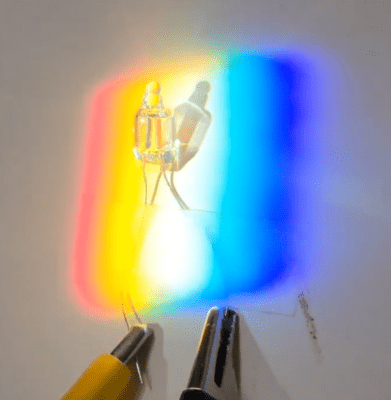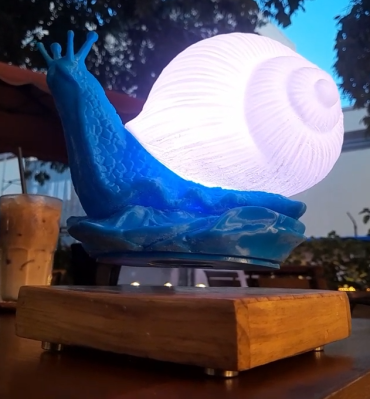The proliferation of microcontrollers has made it easier than ever to add some smarts to a project, but sometimes there just isn’t enough space for headers on a board, or you feel a little silly soldering something that will get used to flash a program then languish inside your build. [Dima] wanted to make his boards easier to flash, and developed a PCB footprint and flashing tool pair that makes use of the mounting holes on his boards.
While some debugging tools might use a clamp or tape, [Dima] discovered that using sprung pins only on one side of the connector wedged his fixed locator pin (originally a 1 mm drill bit) into the hole removing the need for any other holding mechanism.
His original prototype worked so well that it took him some time to get back around to making a more reproducible design that didn’t involve fine soldering and superglue. After enlarging the contact pads and several iterations of 3D printing, he developed an interface connector that uses standard jumper wires and a steel rod to provide a sturdy and reliable connection for flashing boards with the corresponding footprint. He’s currently a little disappointed with the overall size of the connector though, and is soliciting feedback on how to make it smaller.
While [Dima]’s MCU of choice is the STM32, but this design should be applicable to any other microcontrollers using a five wire system, or you could take one off for USB. Having trouble finding the SWD points on an existing device? Try this method.
Thanks to [DjBiohazard] for the tip!




















